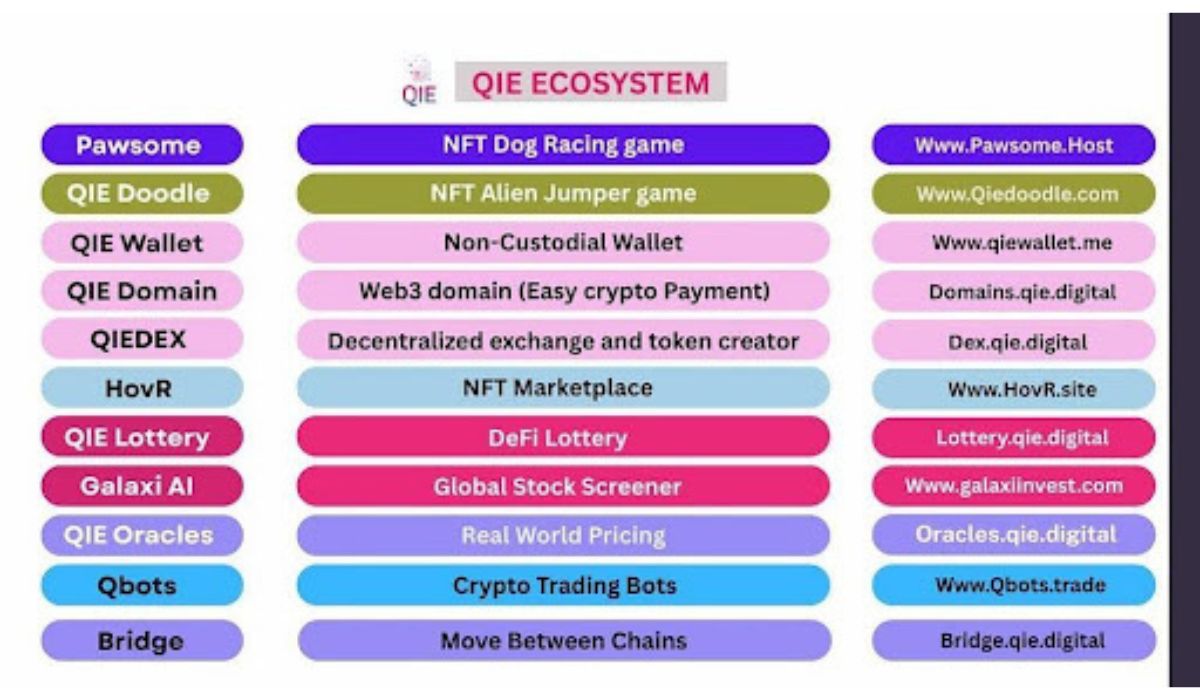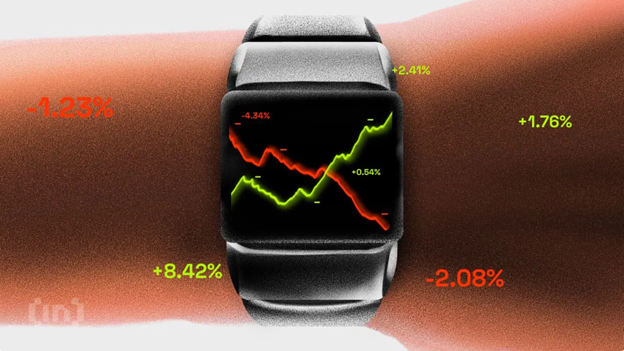Wolfgang Münchau is a columnist for DL News. He is co-founder and director of Eurointelligence, and writes a column on European affairs for UnHerd. Opinions are his own.
There is one and only one overwhelming reason for the European Central Bank to introduce a digital euro: to safeguard Europe’s sovereignty.
Stablecoins have the potential to destroy the euro. Really, I mean destroy. A fiat currency only exists because people choose to use it. If all of us decide to use pink marbles instead of euros and dollars, then this is it. There is no intrinsic value in any currency. Fiat currencies are no different from cryptocurrencies in that respect.
What fortifies them is their legal tender status. Shopkeepers cannot refuse to accept them. But buyers can.
It is not hard to foresee a future where all our shopping is digital — and where we use US dollar stablecoins for transactions, because they will be the most hassle-free means of payment.
There is nothing the ECB or member states can do to stop us. And this is what European policymakers fail to understand.
Digital cash
A digital euro in its purest form would be like cash in a digital wallet. There would be no intermediary.
As with cash, the central bank would issue the digital euros and record them as a liability in its balance sheet. The users would not even need a bank account. Or credit cards.
If a digital currency were designed like that, you would have no reason to use someone else’s stablecoins.
Unless, of course, the European Commission and the European Parliament come along and cripple the digital euro so much that it becomes practically worthless.
‘The 166 pages of amendments to the Commission’s legal text might as well have been written by the banking lobby itself.’
Wolfgang Münchau
Innovative banking sector?
This is precisely what happened just a few days ago — when the European Parliament published a draft report that changed the previously proposed legislation by the European Commission out of recognition.
The Commission’s draft was already problematic. But the European Parliament, under the strong influence of the banking lobby, effectively killed the whole idea.
The banking lobby itself might have as well written the 166 pages of amendments to the Commission’s legal text.
The report was written by the Spanish Member of the European Parliament, Fernando Navarrete, who was previously the head of bureau of the Spanish central bank governor. Like Europe’s central bankers, he is no friend of cryptocurrencies.
Central bankers and MEPs share the mindset that they are in charge — and this is the mindset behind the new draft legislation.
In the original document, the Commission stated the goal of creating a “stronger and more innovative digital finance sector and more efficient and resilient payment systems.”
‘In other words — let the banks try to introduce a digital euro first and then wait and see.’
In other words — let the banks try to introduce a digital euro first and then wait and see.
You might have thought these were innocuous goals, but no. The last thing a German or French state-owned bank would ever want is an innovative financial sector.
So, this bit has been deleted and replaced with the following: “A digital euro should be assessed against clearly defined problems and compared with the best available market alternatives, in line with necessity, proportionality and opportunity-cost tests.”
In other words, let the banks try to introduce a digital euro first and then wait and see.
And then wait some more.
This goes on and on for over 166 pages. What I noted is a frequent deletion of references like a “rapidly digitalising economy.”
This appears to be a controversial point for the Luddites that inhabit the legislative halls of the EU capital. The name Brussels has its origins in Dutch and stands for “settlement by the swamp.”
MEPs have more in common with the marshmen and peat-diggers of medieval Europe than with those of us who live in the 21st century.
Europeans live under the delusion that they are still the kings.
The modern version of that delusion is that they regulate the world. The European Parliament is unshaken in the belief that it can simultaneously cripple a digital euro and ban US dollar stablecoins.
Remember what happened when Donald Trump imposed his tariffs?
MEPs were gung-ho about retaliation. Reality sat in when Ursula von der Leyen travelled to a golf course in Scotland and accepted the deal imposed by Trump.
The EU had no choice but to cave in because it cannot fight a trade war against the country that protects it with its nuclear umbrella.
A simple euro
For the same reason, it cannot ban US dollar stablecoins either.
The one thing it can do, however, is to introduce a simple, unadulterated digital euro. It would do the job. It would offer everything a stablecoin offers, but would be a more reliable store of value.
You might think of properly regulated stablecoins as risk-free because they are backed one-to-one by US treasuries. But the mass issuance of stablecoins will increase demand for US treasuries and induce the US government to issue ever more debt. It is not hard to see how this ends. Like bankruptcy, it will start slowly and end suddenly.
But the gap between the two could be much longer – long enough for stablecoins to usurp the rest of the Western monetary system. Once we start paying for our online shopping in dollars, we might want our employers to pay us in dollars too.
At this point, we will have transitioned to the dollar universe. Officially, the euro would still be the currency of the EU. But nobody would use it anymore. It would be like that old 1970s joke.
What if there is a war, and nobody goes?
This is why the digital euro debate is so important. It is not just about money, but about the future of the EU itself — about Europe’s ability to survive in a geopolitical hostile world.
Trump exposed the EU’s dependency on the US like no one ever did. We have become dependent on the US to offload our export surpluses. We depend on the US to help us support Ukraine. Our retail payment infrastructure is entirely dependent on Visa and Mastercard, both based in the US.
As one MEP remarked, the US could, from one day to the next, switch off Europe’s payment system and destroy 12% of its GDP.
With a crippled digital currency, what little of our sovereignty remains will end.
.png)






















 24h Most Popular
24h Most Popular








 Utilities
Utilities